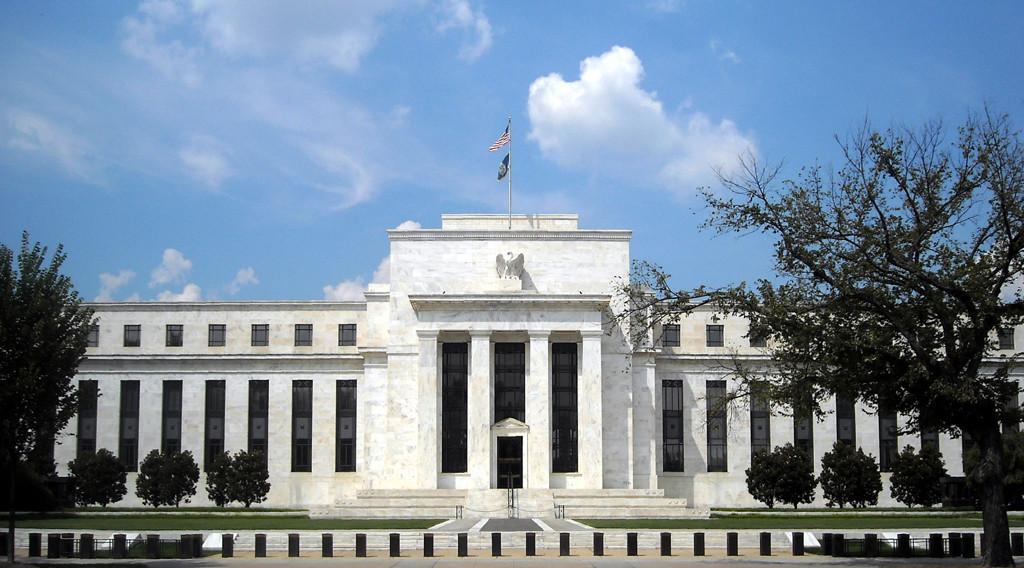
The U.S. central bank kept its key interest rate unchanged as expected on May 2 and at the same time signaled that policymakers were not overly concerned by the recent uptick in inflation.
The Federal Reserve noted that inflation had moved up but said its two percent target was “symmetric,” indicating there was margin to fluctuate above or below that level.
At the conclusion of its two-day meeting, the policy-setting Federal Open Market Committee also reaffirmed that it expected to continue on a path of “further gradual increases” in the benchmark lending rate, which it hiked in March.
The Fed’s preferred Personal Consumption Expenditures price index hit the two-percent target in March for the first time in nearly a year, while “core” inflation, which excludes volatile food and energy prices, was 1.9 percent.
Inflation had remained stubbornly low over the past year, due largely to temporary factors like low cell plan phone prices, which stymied officials who expected the very strong pace of hiring would pressure wages and push prices higher.
But the FOMC statement said the headline and core PCE inflation measures “have moved close” to the two percent goal since the last meeting.
And the uptick has jarred financial markets, which fear the Fed will have to raise rates at a faster pace, possibly three more times this year, rather than the two increases previously expected.
But the FOMC said that “inflation on a 12-month basis is expected to run near the committee’s symmetric two percent objective over the medium term.”
That seemingly minor change, with the addition of the word “symmetric,” is certain to receive a lot of attention from the economists who scrutinize every nuance for signals of their policy intentions.
Markets also have been looking for signs new Federal Reserve Chairman Jerome Powell will be more hawkish, or aggressive, in fighting the buildup of inflation compared to his predecessor Janet Yellen. But this statement is unlikely to settle that debate.
The statement repeated that “with further gradual adjustments in the stance of monetary policy, economic activity will expand at a moderate pace in the medium term and labor market conditions will remain strong.”
It also again described the risks to the economic outlook as “roughly balanced.”
The FOMC next meets in June, when it is widely expected to raise the key rate by 25 basis points to two percent.